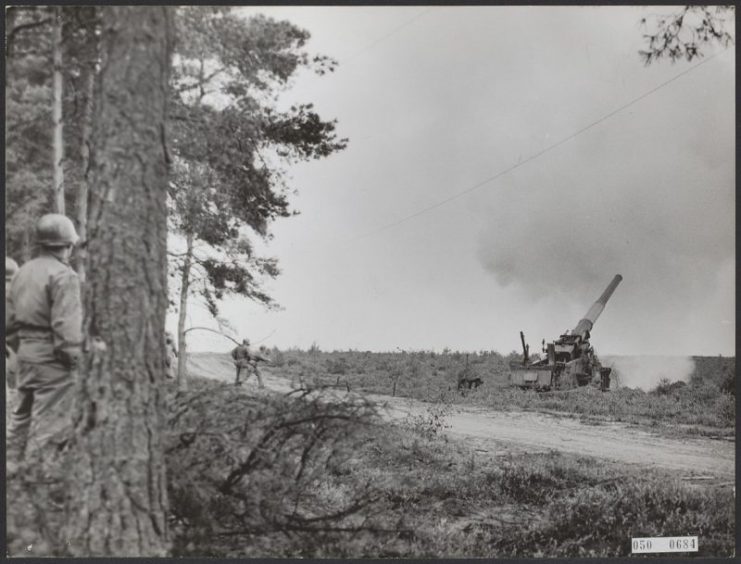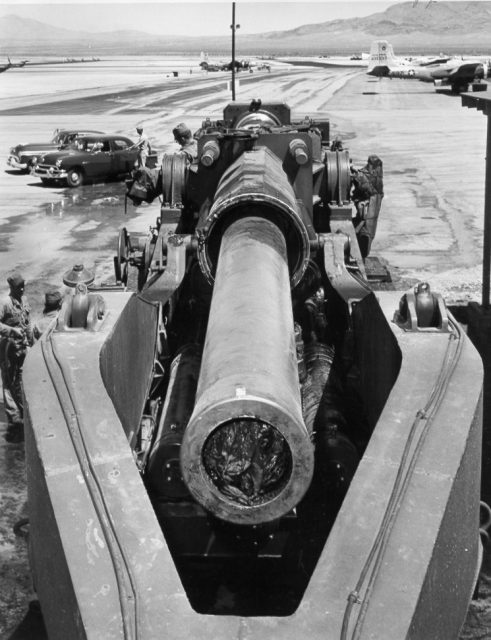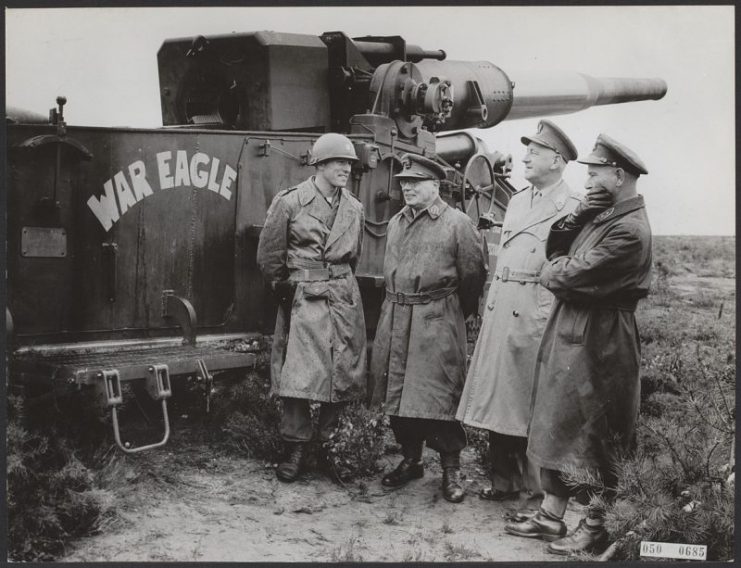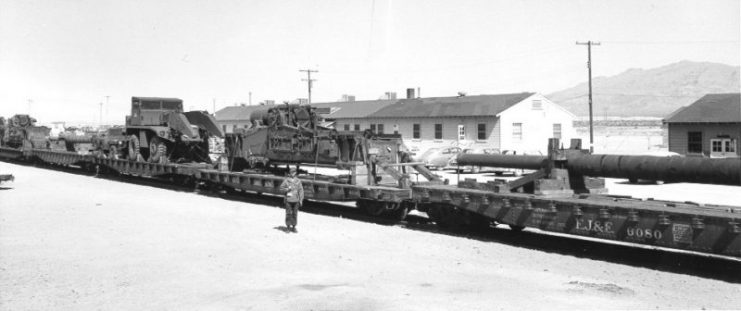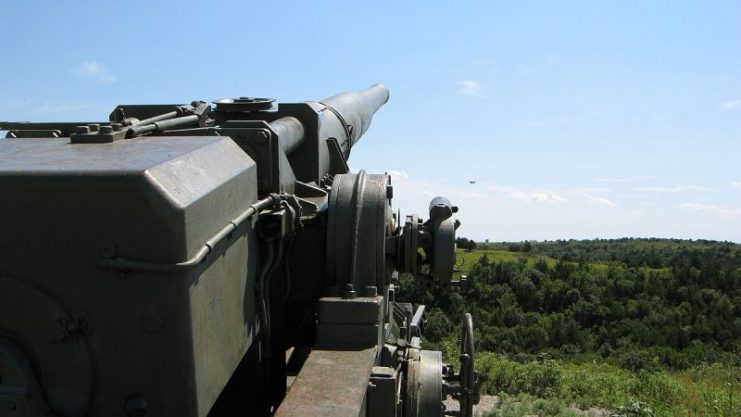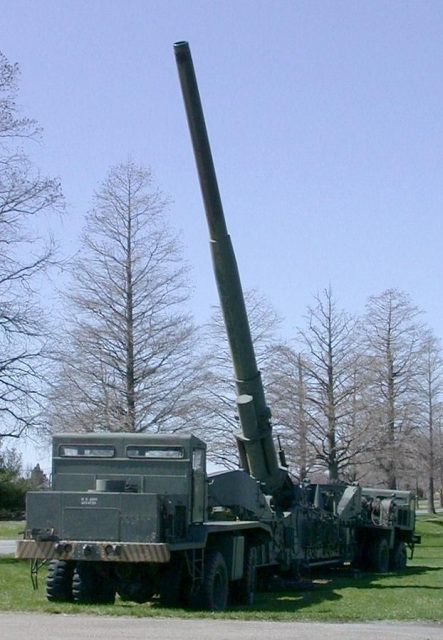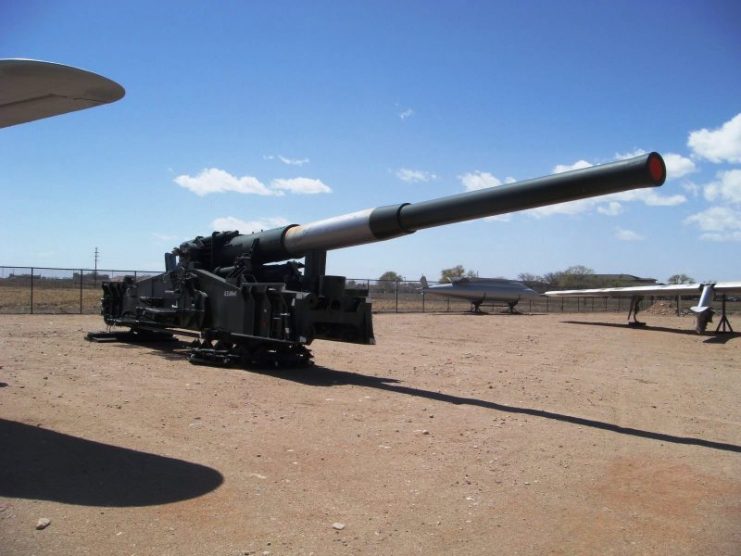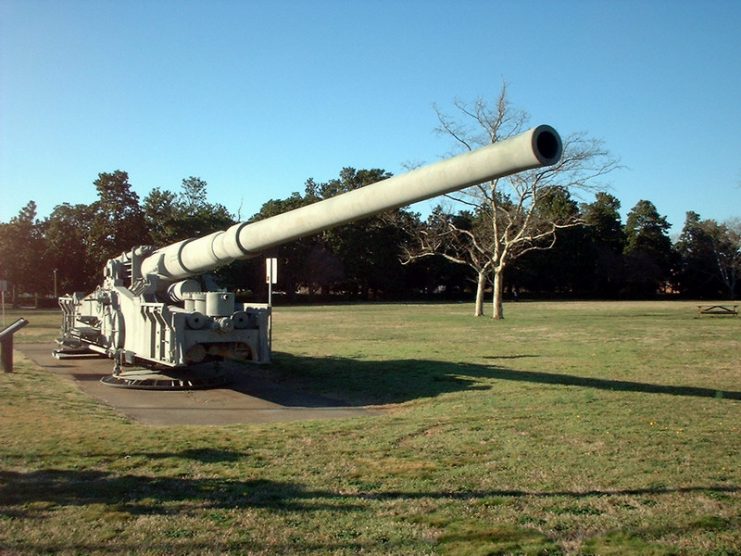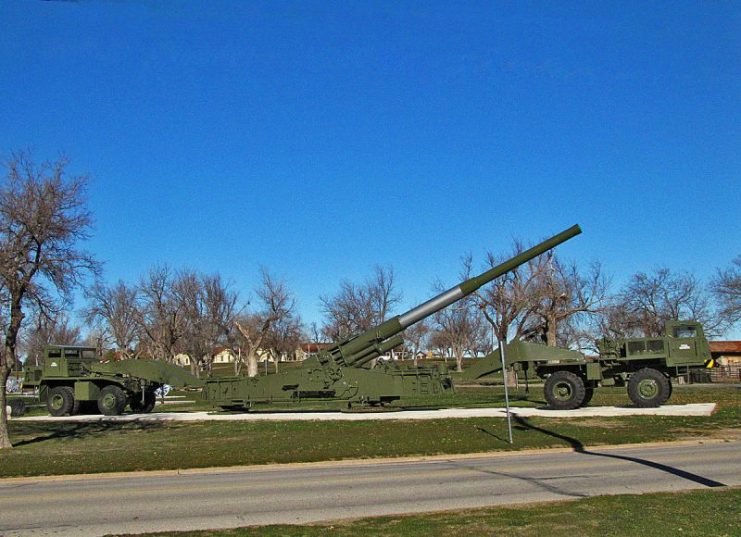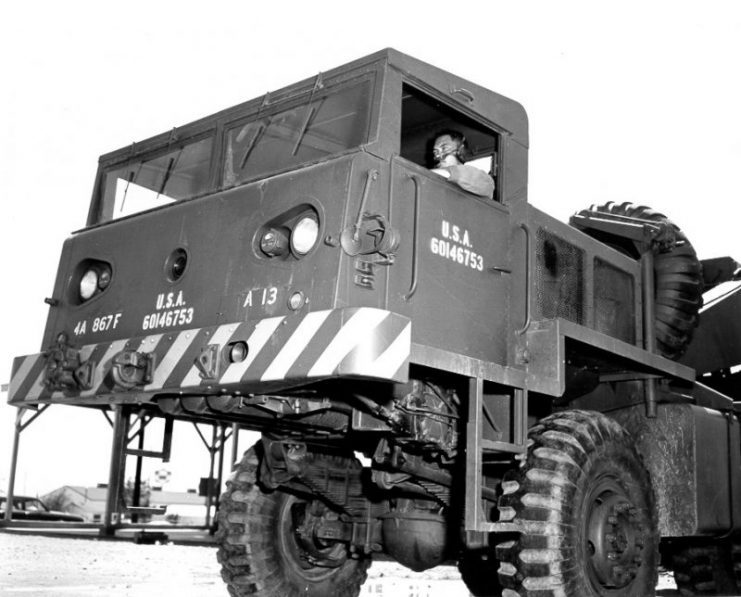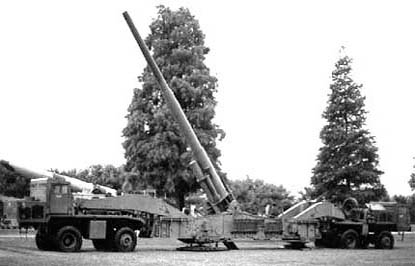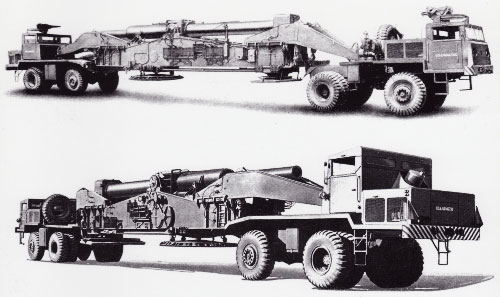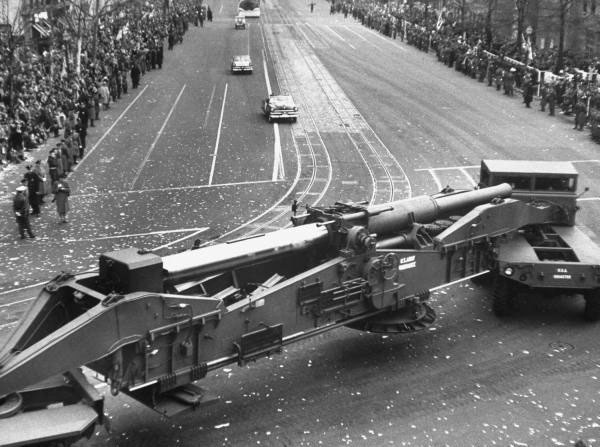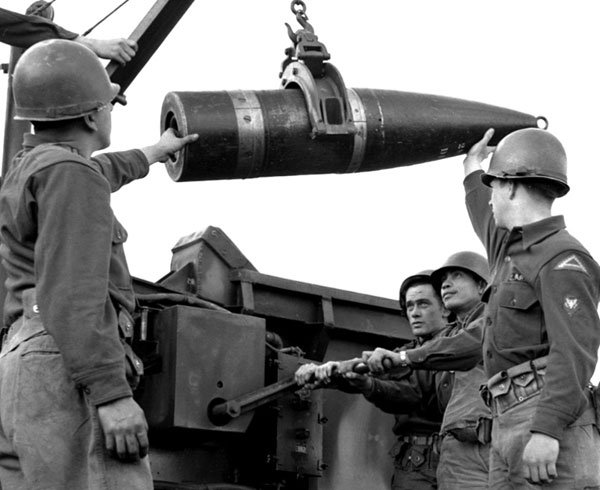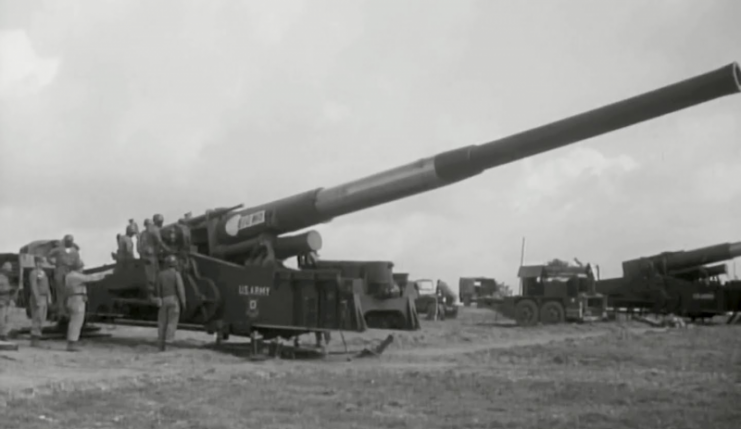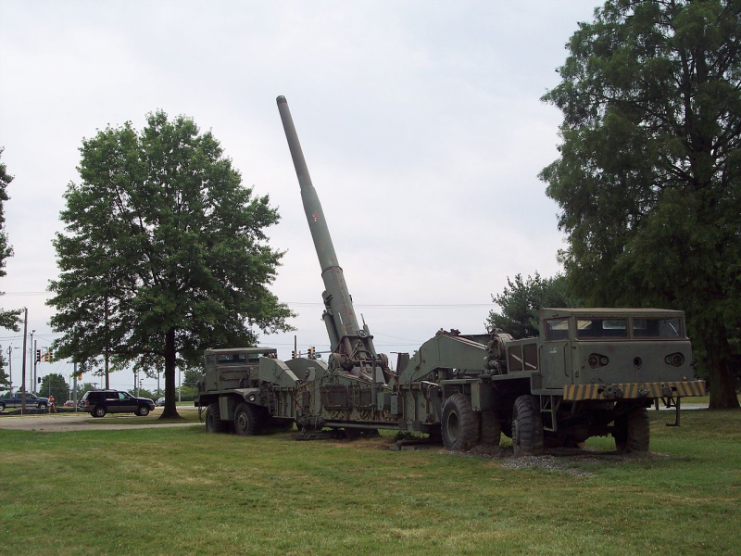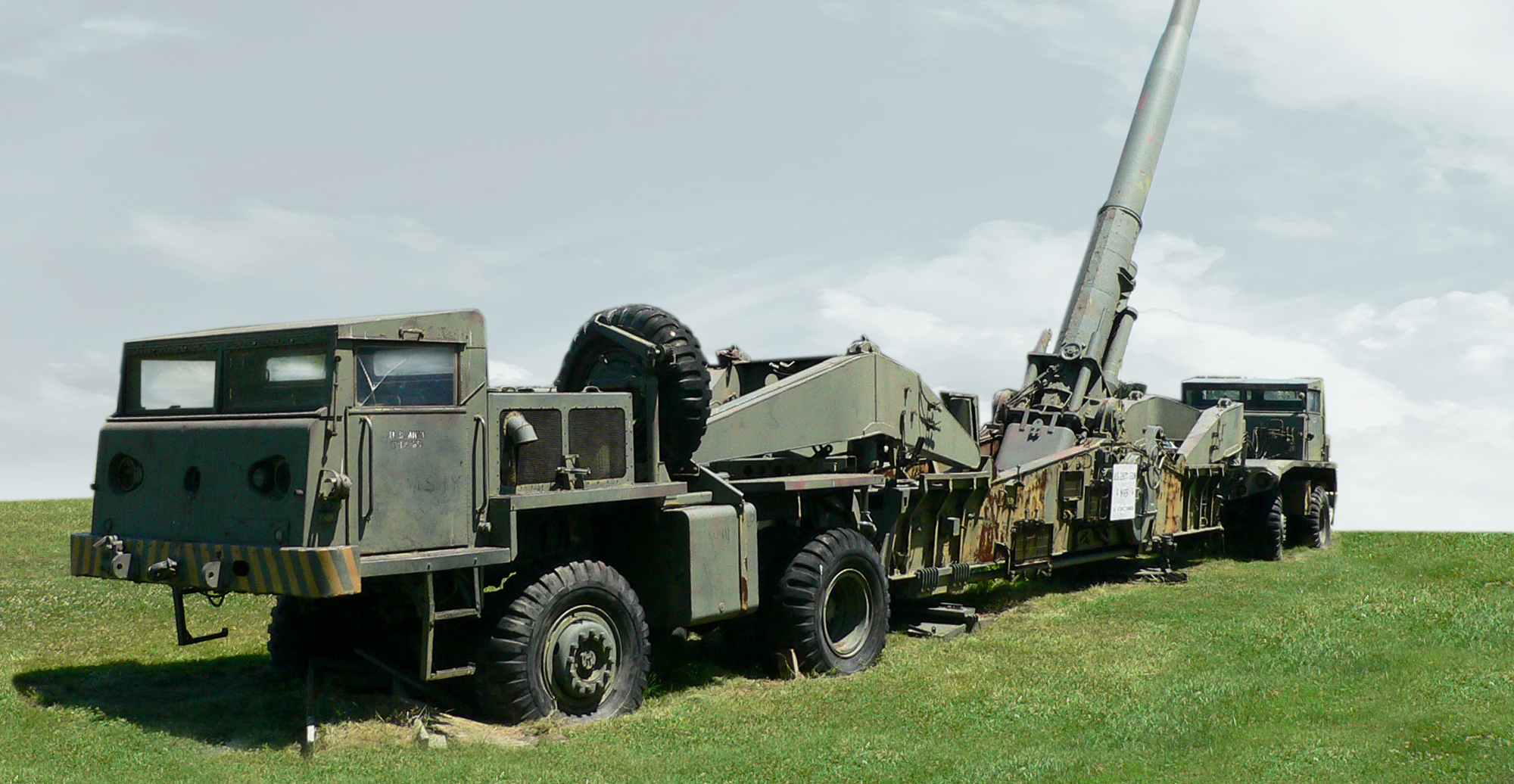World War II saw an extensive improvement of technology in various fields. All types of battlefields presented new kind of weapons, vehicles, and doctrines. Some were combined.
The war effort continually sought more effective firepower, and in 1945 the world shuddered when the first atomic bombs were dropped on the Japanese cities of Hiroshima and Nagasaki.
With the use of the new atomic weapons, the deadliest conflict in human history ended. However, it wasn’t the end of atomic warfare and new developments in delivery systems for these immensely destructive bombs were even ramped up. With tensions between the Western Allies and the Soviet Union, the Cold War had begun.
The U.S. no longer held a monopoly on atomic technology. The secret was out. Every major player in the world sought to possess it in its arsenal. In 1947, the United States had 13 nuclear bombs, two years later the USSR became the second country and within a decade several others would follow.
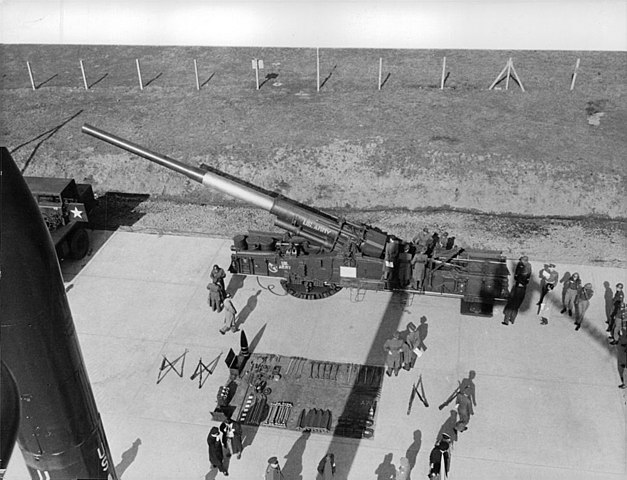
The delivery systems also had to be improved. Without air superiority over enemy territory, the nuclear bombs were very risky and less of a deterrent, therefore artillery was quickly designed to bolster U.S. nuclear capabilities. The first project to fire an atomic charge with artillery was designed in 1944, but there was no technology to make it small enough to fit into a shell.
In early 1950’s, this changed as the designs of atomic guns were back on the desk. The plans were based on the German rail gun, K5 280mm, and the first 240mm shells wielding 15 kilotonnes of power were put into testing. After three years of development, the first atomic cannon was ready for tests.
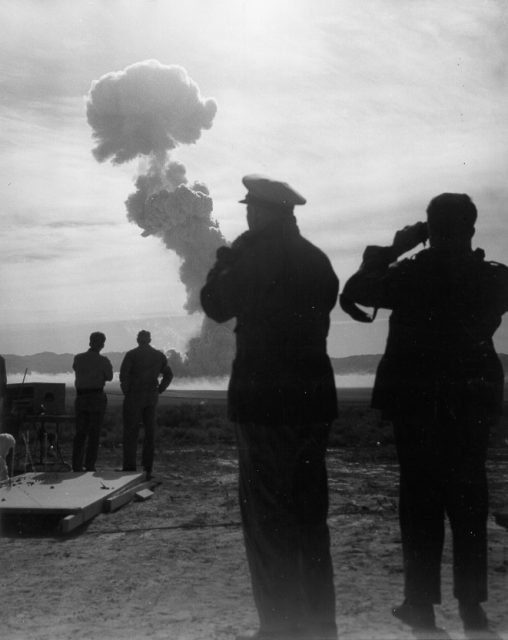
On May 25, 1953 at the Nevada Test Site, “Annie” had a chance to prove show her potential. The Operation, named Upshot-Knothole” allowed “Annie’s” performance to be witnessed by many high-ranking US officials and over 20,000 soldiers took part.
The trial conducted 11 test shots. It was the first atomic use of the M65 cannon, and it would prove to be the last one. The results were thrilling and were widely documented. Below is actual footage of the 10th test code named “Grable” and its after effects following its 7-mile long shot.
The test was a huge success, and the US Army ordered another twenty M65 cannons. Their total cost was over 16 million US dollars. One “Annie” weighed over 74 tonnes and the total weight came to over 83 tonnes with a carriage. The effective firing range was limited to approximately 20 miles (30km), which required close proximity to potential enemies.
They were first deployed in Germany and Korea as a part of the nuclear arms race, but were never used. For security, they were often moved around to avoid enemy detection and targeting. These weapons worked as a military deterrent in Europe and Asia for over ten years.
In 1963, US military developed a smaller 8-inch (203mm) gun, the M110. It was easier to transport and maintain and the M65 were subsequently withdrawn from service.
Eight of these weapons survive today and are on display in several museums. In the US Army Artillery Museum near Fort Sill Oklahoma, the original “Atomic Annie” that fired “Garble” shot is preserved. Other models of the nuclear behemoth can be seen at the US Army Ordnance Museum near the Aberdeen Testing Grounds in Maryland, the National Museum of Nuclear Science and History in Albuquerque, Freedom Park in Kansas, the Rock Island Arsenal, in Illinois, the Watervliet Arsenal Museum in New York, and the Yuma Proving Grounds in Arizona. The original prototype can be found in the Virginia War Museum.
More photos
